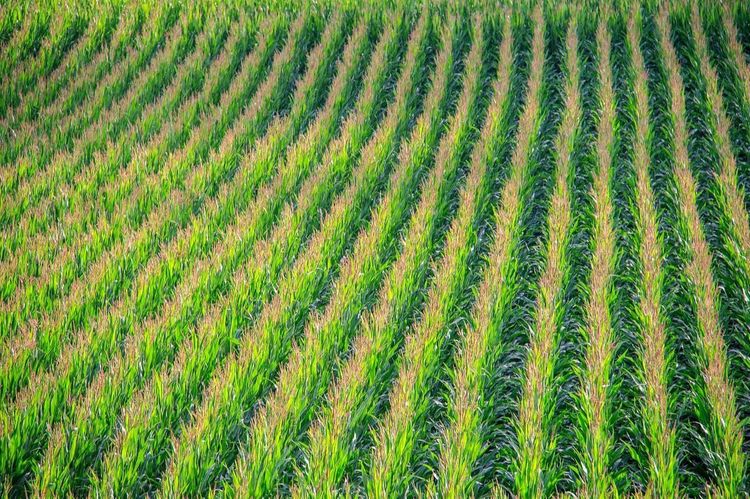Tracking the Nexus of US, Brazil, Argentina, and China Soybean Trade
China’s tariffs on US soybeans opened opportunities for Brazil and Argentina to fill the trade gap. Using Gro intelligence data and visualizations, you can glean some meaningful insights regarding the extraordinary lengths to which those South American countries went to satisfy Chinese demand.

Between October and December of 2018, Brazil nearly doubled its typical soybean exports to China. Argentina scrambled late in 2018, shipping record exports in November and December despite lagging earlier in the year. Meanwhile, US soybean exports to China flatlined starting last spring, in what has otherwise been a historically active trade partnership.
Brazil has kept up the blistering pace in 2019, shipping 1.97 million tonnes of soybeans to China in January, a record high for that month and 47 percent above the previous record in January 2018. Historically, Brazil has crushed and exported nearly the entirety of its crop, but questions remain about how much inventory it still has. The USDA’s February WASDE report revised 20 years of Brazilian soybean stocks data higher to account for the recent huge export volumes.
The USDA also revised Argentina soybean data going back 10 years. Economic conditions had for years incentivized Argentine farmers to stockpile soybeans, but recent big export volumes suggests stocks are being offloaded. The USDA and Argentina’s Ministry of Agriculture disagree significantly on soybean stock estimates, with the USDA standing at 8.4 million tonnes, half its previous estimate, and the Argentine ministry reporting 4.37 million tonnes of stocks.

 Blog
BlogSouth America: Fall Planting Snapshot
 Insight
InsightSoggy Start to Spring Points to Fertilizer Application Delays for US Corn
 Insight
InsightChina’s Grain Imports Reach Record With a Growing Reliance on Brazil
 Insight
Insight

 Search
Search